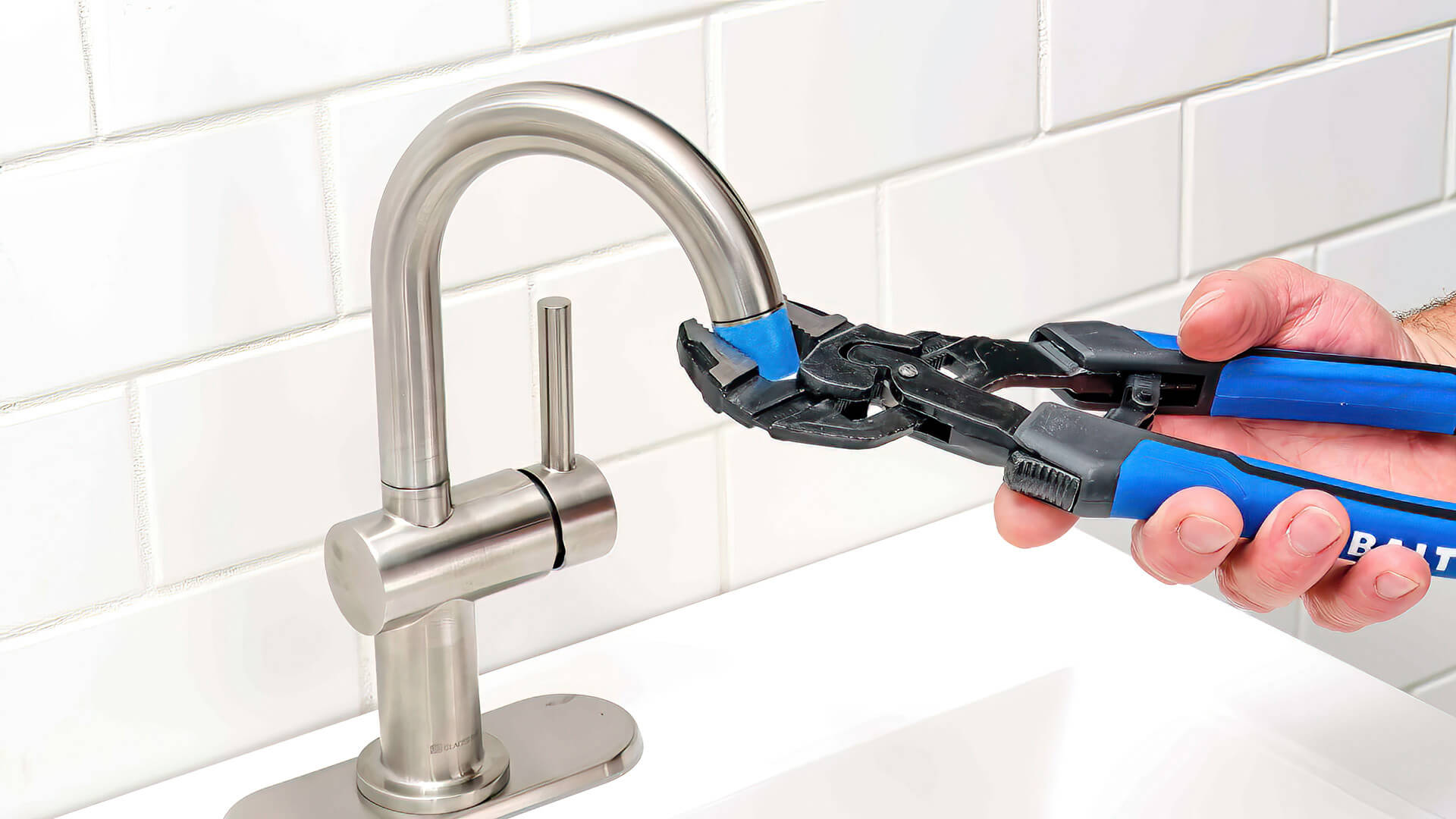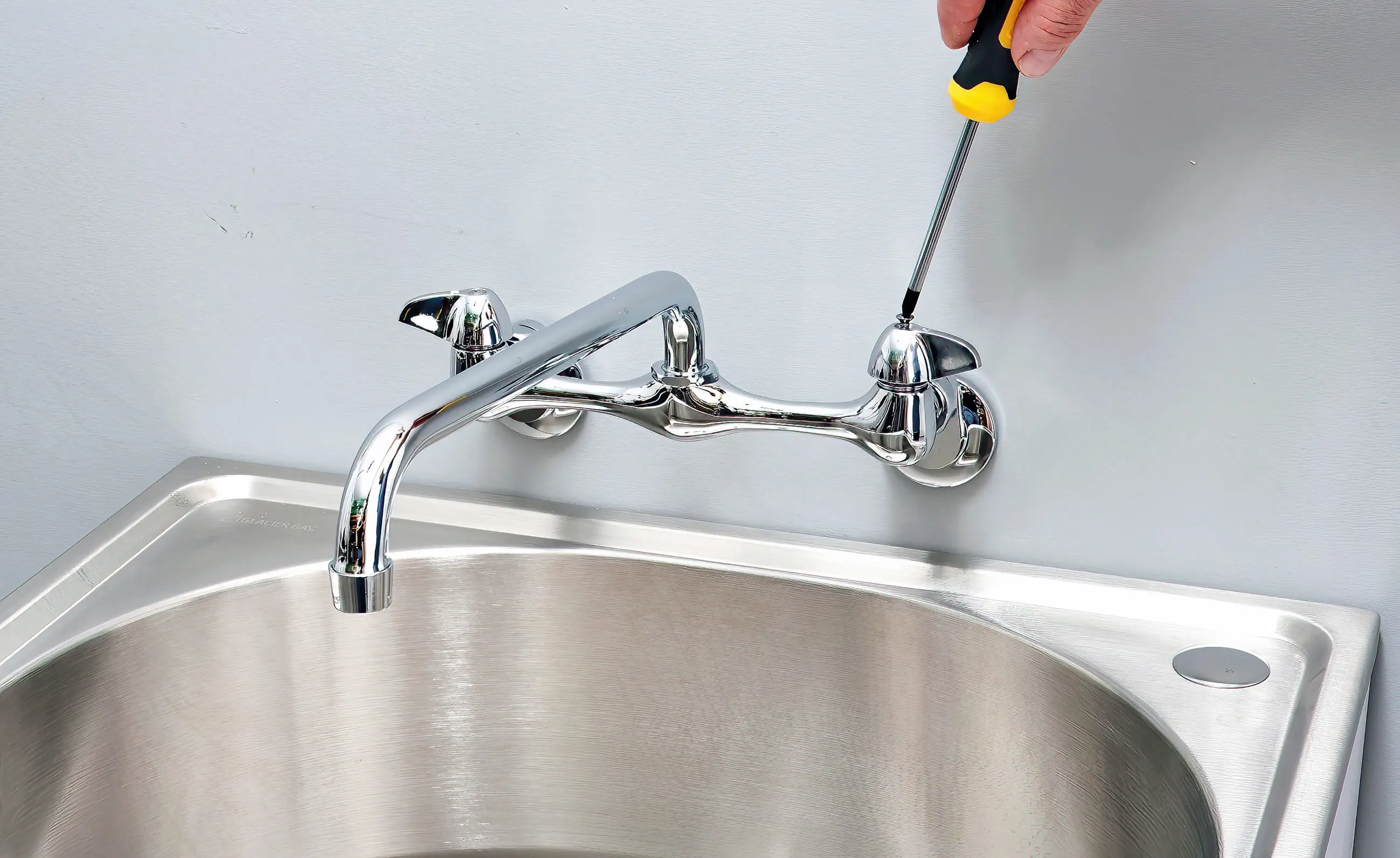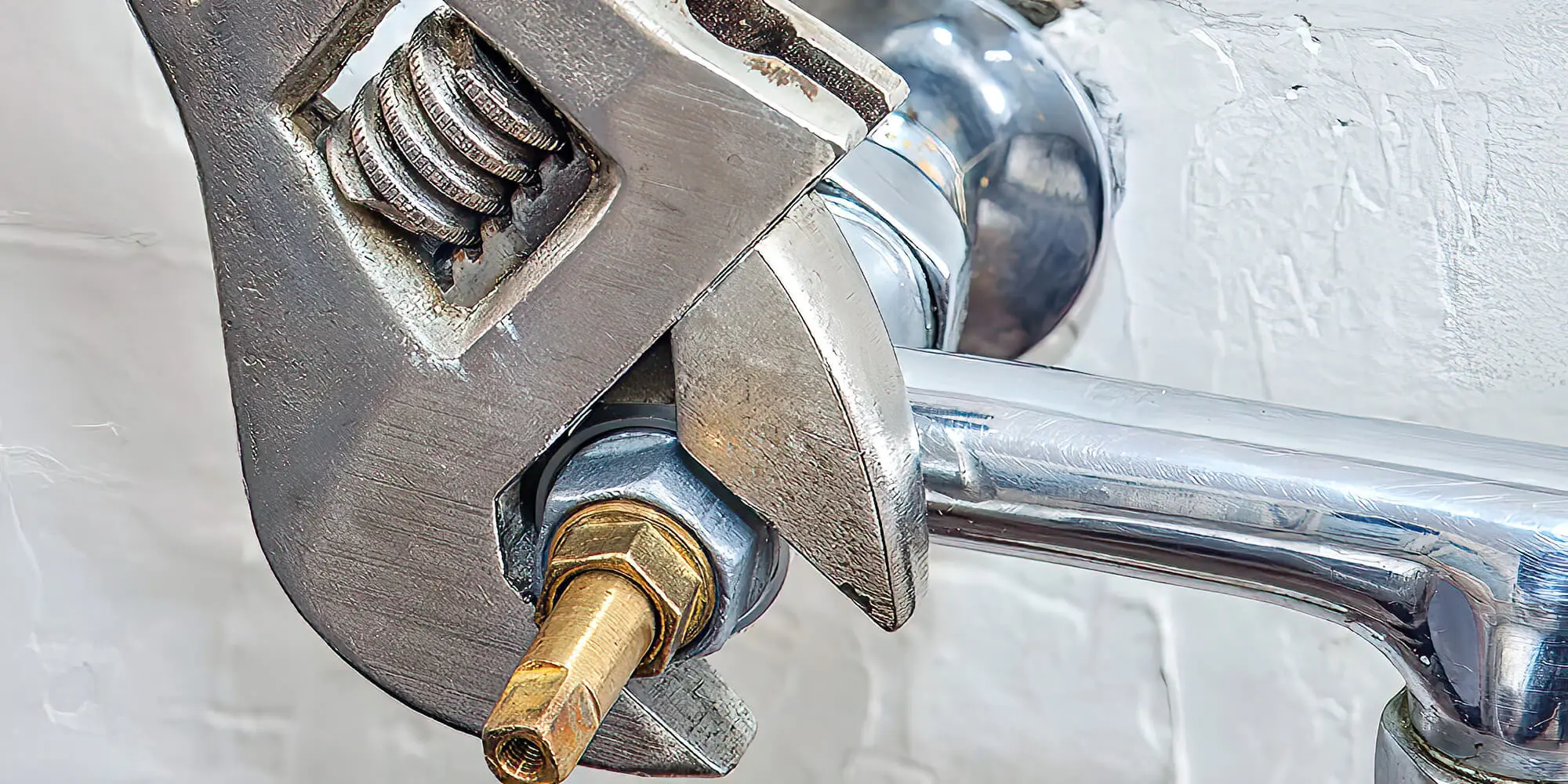A constantly dripping tap can be one of the most annoying things you might face.
While most people do not take leaky faucets or taps seriously, fixing them can lead to severe problems later. These can include higher water bills, mould growth, and structural damage. Changing a tap washer is simple, but it’s best to buy and install a replacement washer and not risk the damage it could cause.

Fixing such problems is not only more difficult but also much more expensive. However, the good news is that fixing a leaky faucet or tap is not very difficult in many cases. A damaged washer is typically the culprit; replacing tap washers can solve the issue.
Also, changing a tap washer can be done quickly without special plumbing skills or knowledge. This means you can accomplish your plumbing work without the expense of hiring a professional plumber.
And this is just the guide that will help you accomplish that. So, let’s get started!
The Role Of A Tap Washer
Before diving into replacing your tap washer, it’s good to know why it’s so important in the first place. A tap washer, also known as a jumper valve, is a small disc inside the tap. It’s a key part of the fixture, along with the seat or body.
In its off position, the washer sits against the seat and makes a watertight seal, preventing the water from dripping. However, tap washers tend to wear out with time. When a worn tap washer fails to function correctly, it can’t prevent water leaks, leading to excessive water flow. Therefore, replacing tap washers promptly is essential to avoid unnecessary leaks.
Also, remember that there are several taps, each requiring a different approach to fixing the washer. A modern tap generally comes with an aceramic disc cartridge instead of a rubber washer, and fixing requires a professional plumbing service.
In most cases, you can resolve the problem of a leaky tap by replacing an old washer with a new one. But, if the problem persists, the washer might not cause the leak, and you must hire professional services.
Changing A Tap Washer
Before replacing a tap washer on a leaking tap, you should know that the type of faucet determines the cause of the leakage. And this determines the method you can use to fix the leak.

1. Gathering The Required Tools And Preparing The Area
The first step in swapping out a damaged tap washer is gathering all the tools you’ll need. Luckily, these are often lying around at home. If not, they’re quite affordable at your local hardware store.
You will need the essential tools, including a flathead screwdriver, crescent wrench, Philips screwdriver, needle-nose plier, adjustable plier, and steel wool.
Once you’ve got your tools and some good quality rubber washers, it’s time to prep the area. First, turn off the water supply and drain the pipes. If you’re working with a sink, look for the isolation valves underneath. Rotate these clockwise until they’re sealed tight.
After that, open the faucets to let any remaining water out of the lines. Then pop a paper towel or cloth in the drain to catch any loose bits. If your sink has a plug hole, using a stopper is a good idea.
2. Removing The Tap Stem
If you possess a compression-style (two-handed) faucet, either hot or cold, which is quite common, utilise a flathead screwdriver to remove its cover. Such faucets have screws in hot and cold taps, generally covered by metal or plastic caps. Use a flathead screwdriver to lift the caps for removal.
Some caps have a little indentation near the rim, which makes them easier to remove. If you’re just replacing the washer on one tap, there’s no need to take off the other cap.
After removing the cap, take out the screw, which is located underneath, by turning it counterclockwise. You may need to use your flathead or the Phillips screwdriver to remove the screw. Following this, you can effectively elevate the tap handle to remove the tap from the stem. Keep these parts aside safely so they can be found easily later during reassembly.
The following step involves removing the tap stem, which is located inside the tap, from the affected basin. Hold it with the crescent wrench and turn the hexagonal packing nut counterclockwise to loosen it. Removing this nut will allow you to lift the stem up and out of the sink.
If your sink comprises compression-style separate faucets for hot and cold water, hold the handle while you loosen the packing nut with your other hand. You may also need to spray some lubricant like WD-40 on the nut and wait a few minutes before loosening it.
3. Replacing The Tap Washer
The tap stem you have just removed from the sink will most likely have a small screw or nut that keeps the rubber washer in place at the bottom. Remove this nut or screw using adjustable pliers or a screwdriver, and then the worn washer with needle-nose pliers.
Depending on the faucet’s make and model, several tap washers of varying thickness and size are available. For replacement, you will need a new rubber washer of the same size and thickness as the old one.
Another approach would be to purchase different tap washers from the local hardware or home improvement store and use the one that best matches the tap. Ideally, the washer should fit perfectly.
After procuring the washer, use a needle-nose plier or your finger to slide it into place. Then secure the nut or screw back into place using the screwdriver or plier. The washer may enter a channel after sliding over the stem or fit into an indentation at the bottom. To simplify things, insert the new washer into the same position as the old one.
Before reassembling, you may need to clean the tap body and stem and remove any white limescale or other debris. To do that, rub the surface using a piece of steel wool and also use it to clean the opening where the stem fits into the faucet or sink. Use twisting motions to loosen the bits of limescale formed on it.
If debris or limescale falls inside the seat, use an old towel to wipe it away. Slide the stem into the tap bonnet and secure the packing nut using the crescent wrench. Once well-tightened, position the handle over the stem and fasten the screw with a screwdriver. The last step involves pressing the cap over the screw until it fits.
4. Testing The New Washer
Turn the hot water system and cold water supply valves counterclockwise to engage them. Then, open the faucet taps to assess the functionality of the newly replaced washer. Let the water run for at least two to three minutes and check for signs of leakage around the base of the taps. If you find none, turn them off and wait to see whether the faucet drips.
If the faucet does not drip, your problem has been solved. But, if the dripping continues, the leak occurs for another reason.

Fixing Your Leaking Tap
A leaky tap is widespread, especially if you have standard fixtures or faucets. This step-by-step guide will hopefully help you fix it using just a few basic tools.
You can avoid these issues by upgrading to more modern tapware. These come with ceramic disc cartridges, which make them more durable and resilient.
Still, if you have any doubts regarding the process, it is best to contact a professional plumbing service to get the job done. Although engaging a professional plumbing company might come at a higher cost, it guarantees quality replacements and prevents potential problems in the future.
The team at Big Blue Plumbing can help! With the latest equipment and years of experience, we can assist you with replacing, repairing or installing your new tap! So, get in touch with us today!
With that said, it is time to wrap up. Until next time!



